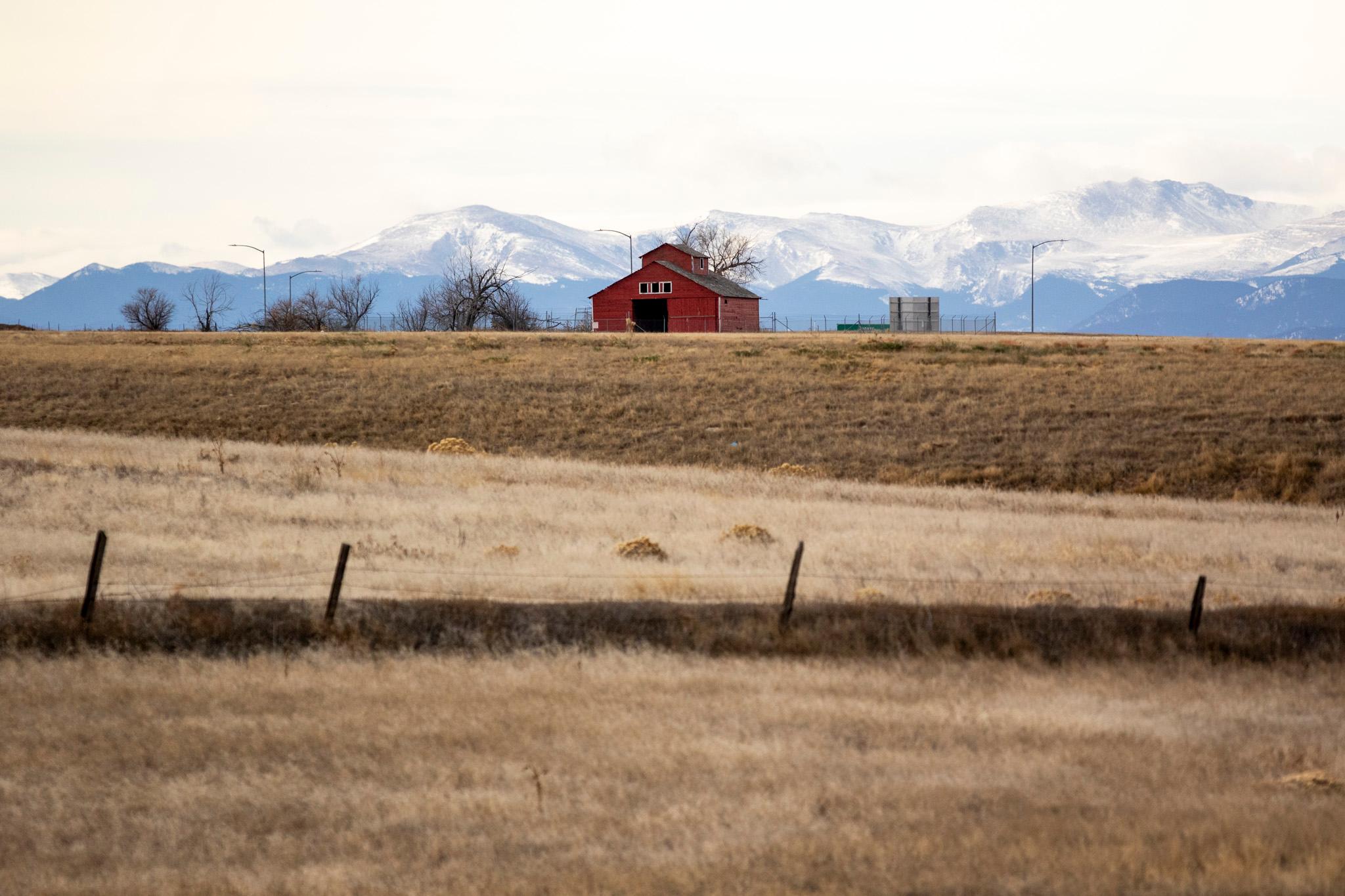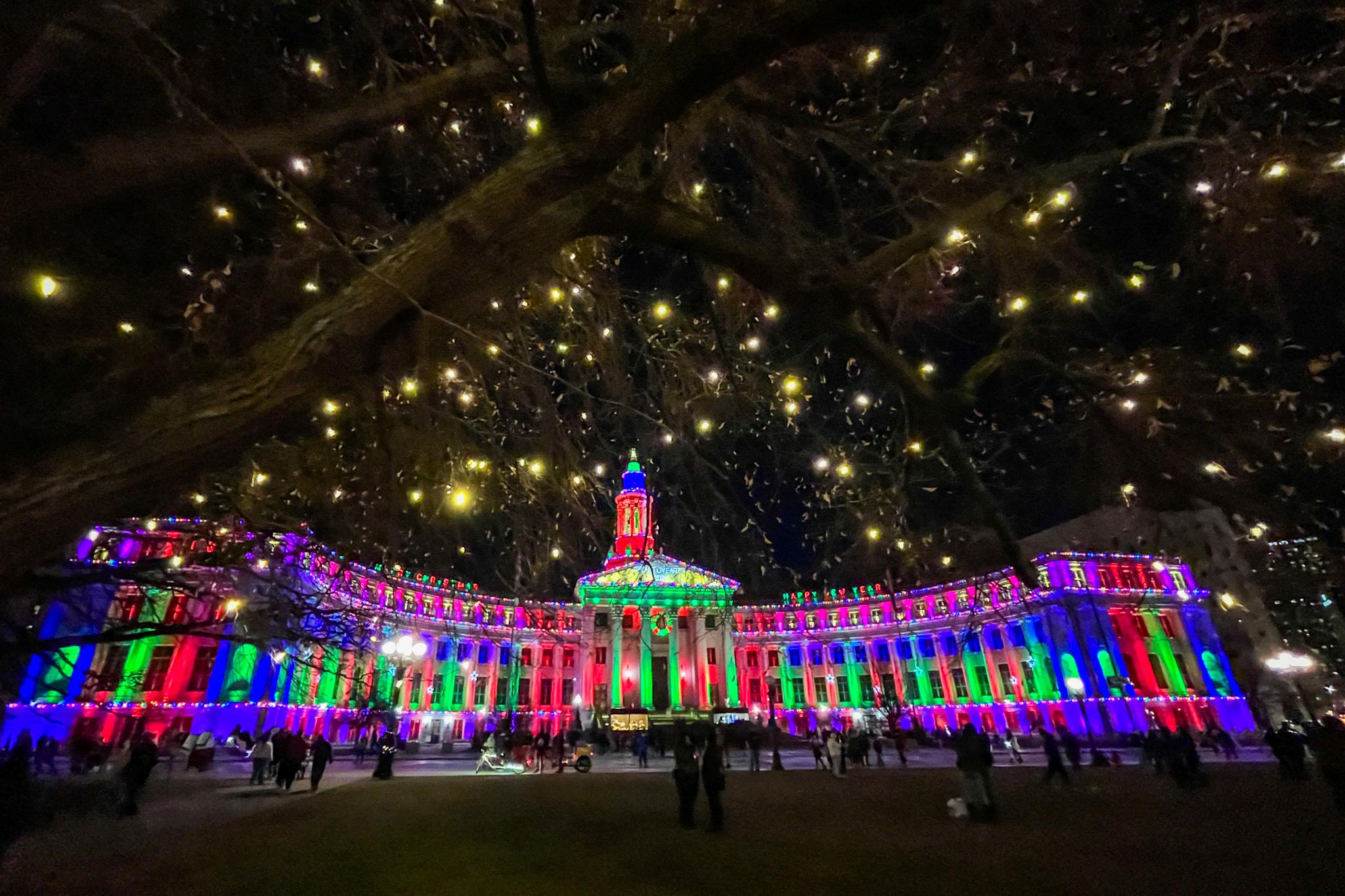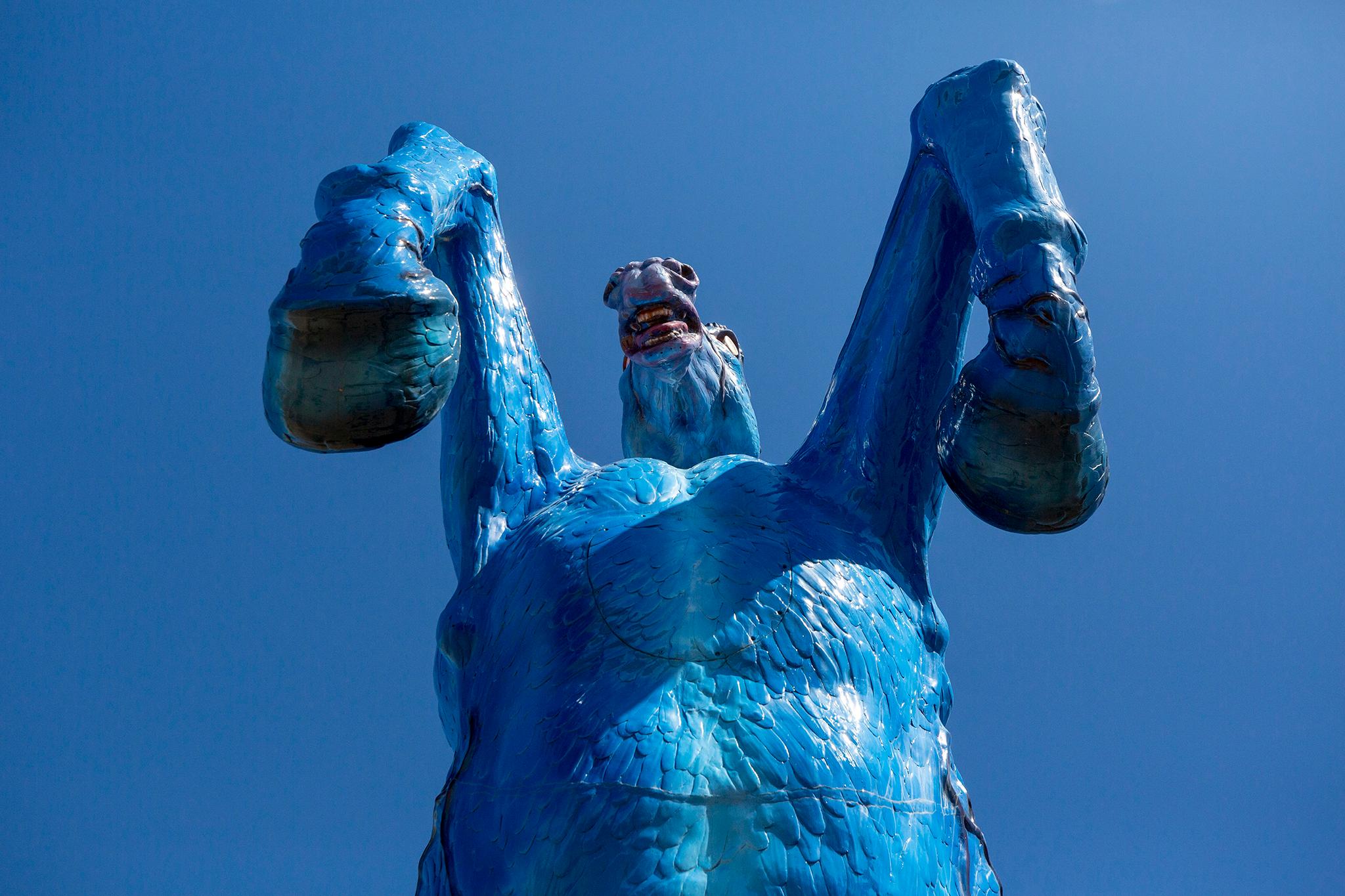Love Is Blind debuts its ninth season tonight, bringing viewers into the dark heart of the Mile High City’s dating scene.
Judging from the previews, the reality show will touch on all the tropes: the beer bros, the ski bros … and just the sheer number of bros.
Apparently, dating has been tough in Denver for contestants like Brenden, a 32-year-old finance manager, “since there are so many more single men than women,” per the Love Is Blind website.
But is it true? Is “Menver” a place on earth?
Yes, with some caveats.
Overall, there are about 2 percent more men than women in Denver, according to American Community Survey data compiled by Neilsberg.
But when you zoom into certain age brackets, the boys are clearly back in town or possibly never left.
For the 30-somethings, there are about 108 men for every 100 women in Denver.
For the 40-somethings, the gap is even bigger: 113 men for every 100 women. It’s pretty similar for folks in their 50s.
Of course, that says nothing about the relationship status or dating preferences of those people. And this is based on survey data samples, so there’s a margin of error.
But, clearly, Denver has a millennial man mass.
However, the next generation is more evenly matched. In fact, women in their 20s may slightly outnumber men, the estimates show. That's a change from the year 2000, when Denver had thousands more younger men than younger women, according to historical data from the State Demographer’s Office.
Colorado shows a similar trend to Denver, with men in their 30s and 40s outnumbering women their age.
The city and state are unusual compared to the nation as a whole. Across the U.S., women outnumber men for all ages above 30, according to Census data. For example, women in Charlotte and New York outnumber men at almost every age.
But there are certainly other cities like Denver. Seattle has especially large adult male populations. Phoenix and Los Angeles have higher male ratios too, as do some eastern cities like Atlanta.
Give me the numbers.
If you’re curious, there’s a biological phenomenon behind these numbers. Across the world, boys are born more often than girls. In the U.S., about 105 males are born for every 100 females.
However, males die younger than females — so the population balances out by middle age, and by old age, women significantly outnumber men.
That’s all true in Denver, too. But the gender balance flips later in life. Women start to outnumber the men above age 60 here, instead of around 40.
But why Denver?
There could be any number of reasons at play here, from male-heavy industries to the composition of male transplants.
We’ll dig deeper into the context in a follow-up article, and we welcome your thoughts on why Denver is the way it is — and what it means for your love life. Email us!
Editor's note: This article was updated to note that men in their 20s outnumbered women in Denver in 2000.












